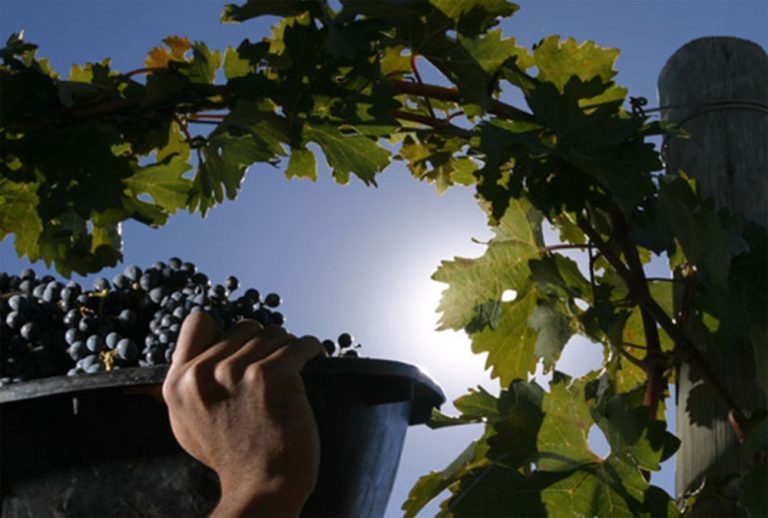
As summer draws to a close in Mendoza, a quiet hum of anticipation reverberates through the vineyards and cellars. This is the calm before the storm—a moment of preparation, precision, and patience before the first grapes are picked and the frenzy of harvest begins. For wineries across Argentina’s most celebrated wine region, these final weeks are a crucial time of fine-tuning and readiness, ensuring that when the first clusters arrive, the entire operation runs like a well-rehearsed symphony.
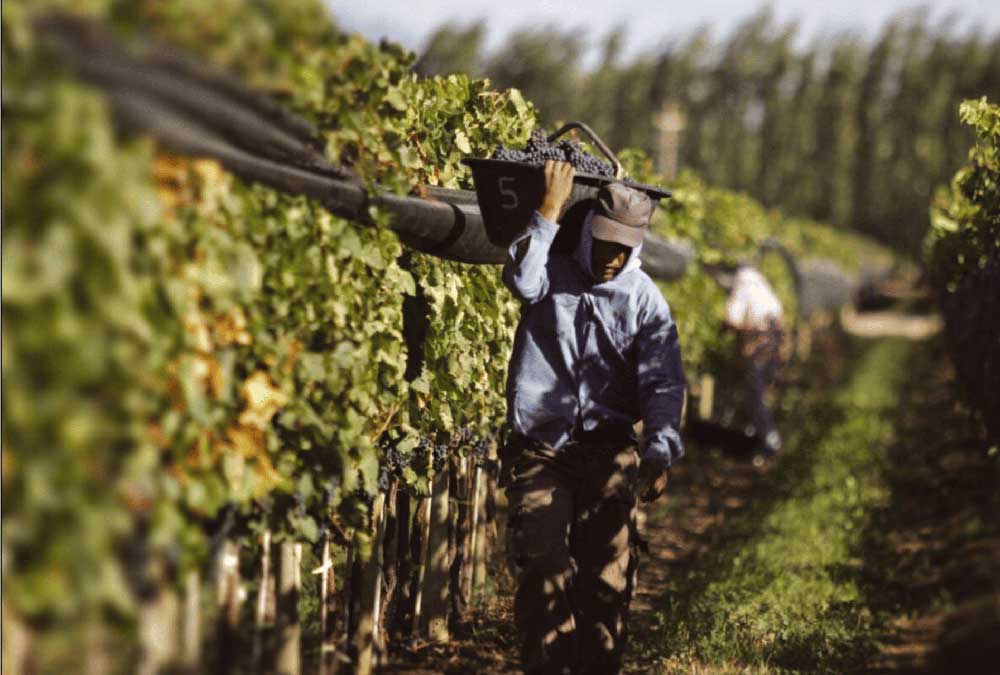
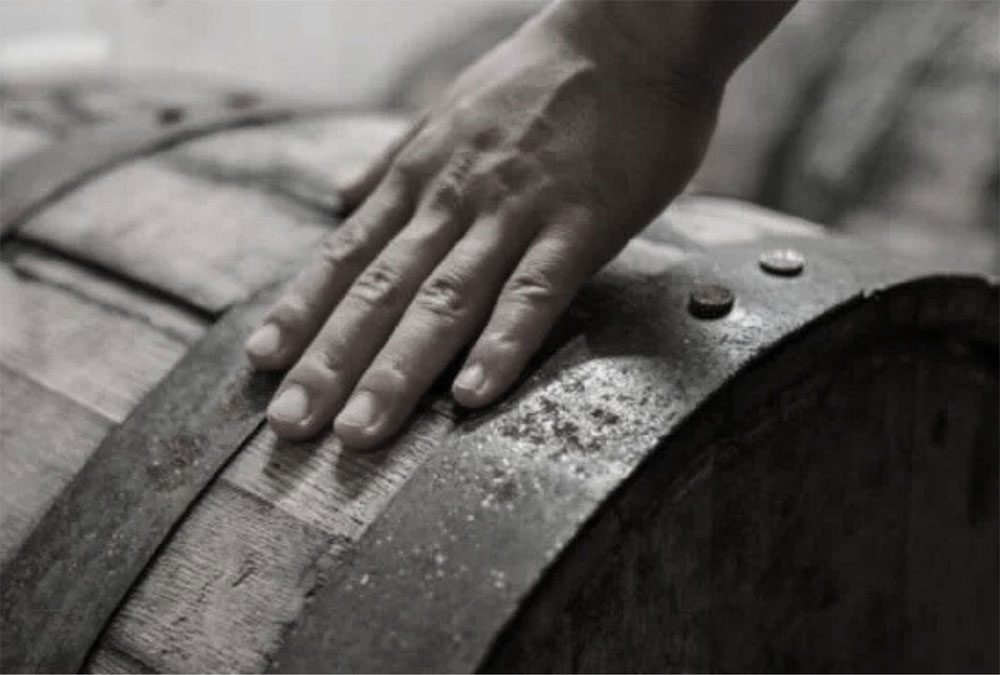
Behind the Scenes: The Meticulous Preparation for Harvest
At this pivotal juncture, winemakers and their teams work tirelessly to prepare for the arrival of the new vintage. Barrels and vats are meticulously emptied through blending and bottling, making room for the fresh juice soon to come. Each step is carefully orchestrated to ensure a seamless transition from one vintage to the next.
Meanwhile, deep in the heart of the winery, machinery undergoes thorough inspection. Pumps, presses, and sorting belts are dismantled, cleaned, and tested to guarantee they are in optimal working condition. Cooling systems, essential for preserving the delicate freshness of the grapes, are calibrated with precision. Every component in the winemaking machine must be in perfect harmony, as once the harvest begins, there is no room for error.
Beyond the cellar walls, the vineyards demand equal attention. Mendoza’s winemakers, many of whom embrace sustainable and organic practices, carefully monitor their vines, ensuring that the grapes reach their peak maturity under the best possible conditions. Late-season canopy management, irrigation control, and final health checks on the vines are all part of this delicate balancing act. Every decision made now will leave its imprint on the wines of the coming year.
The atmosphere in the wineries during these days is one of both tranquility and controlled intensity. It is a time of reflection on past vintages and anticipation for what the new harvest will bring.
The knowledge that each vintage carries a unique character, shaped by the weather, soil, and human hands, adds to the excitement of what lies ahead.
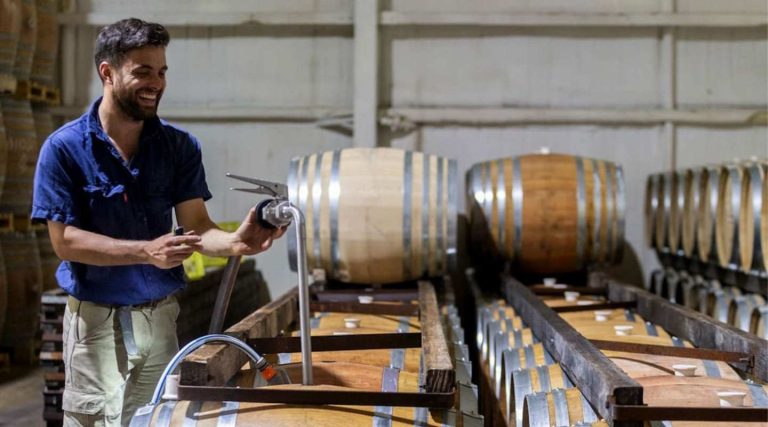
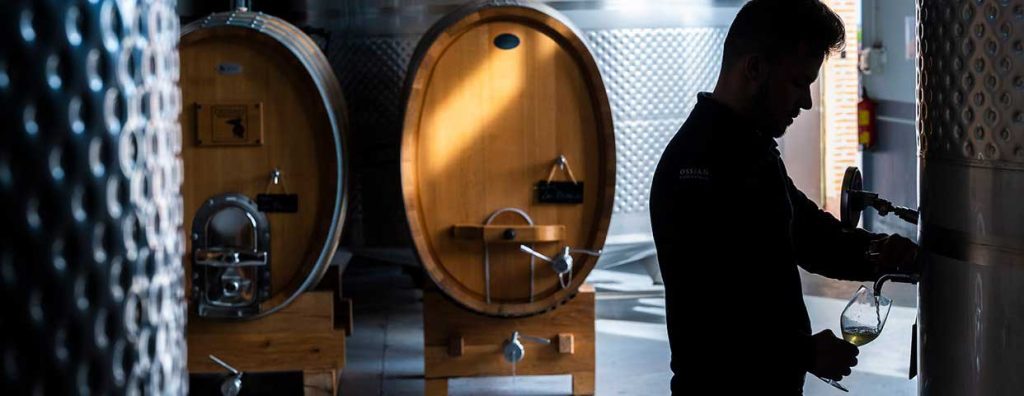
Wine Tourism in the Heart of the Action
As the vineyards come alive with activity, so too does Mendoza’s wine tourism scene. For visitors, this is one of the most exhilarating times to explore Argentina’s wine country. Unlike any other season, harvest time offers a rare behind-the-scenes glimpse into the magic of winemaking. Wineries become dynamic stages where guests can witness the artistry of the process firsthand—from grapes being picked at dawn to the bustling sorting tables and the first fermentation bubbling in stainless steel tanks.
Why Visit Mendoza During Harvest Season?
For wine lovers and curious explorers alike, visiting Mendoza during the harvest season is an experience like no other. The air is electric with excitement, and every winery tells a story of passion, tradition, and innovation.
Guests on Ampora Wine Tours have the rare opportunity to engage with winemakers, vineyard workers, and cellar masters, gaining an authentic understanding of the hard work that goes into crafting world-class wines. The connection between people and the land is palpable, and the experience leaves a lasting impression far beyond the final sip of Malbec.
Mendoza’s gastronomic scene also flourishes during this season. With vineyards hosting special harvest lunches and dinners, visitors can indulge in exquisite pairings of freshly pressed wines with traditional Argentine cuisine. The symphony of flavors, set against the breathtaking backdrop of the Andes, creates an unforgettable sensory journey.
At Ampora Wine Tours, we love bringing visitors right into the heart of harvest season. There’s nothing quite like experiencing the buzz of the wineries in full swing, where passion and precision come together in every bottle. Our tours aren’t just about sipping great wine; they’re about getting an insider’s look at the artistry and hard work behind every vintage.
With small groups of up to eight people, we keep things intimate and personal—like visiting wineries with friends who happen to be experts. We handpick the wines you’ll taste, making sure you experience the very best Mendoza has to offer. And our guides? They’re not just knowledgeable, they’re storytellers, sharing the traditions and secrets that make this region so special. It’s all about great wine, great company, and unforgettable moments.
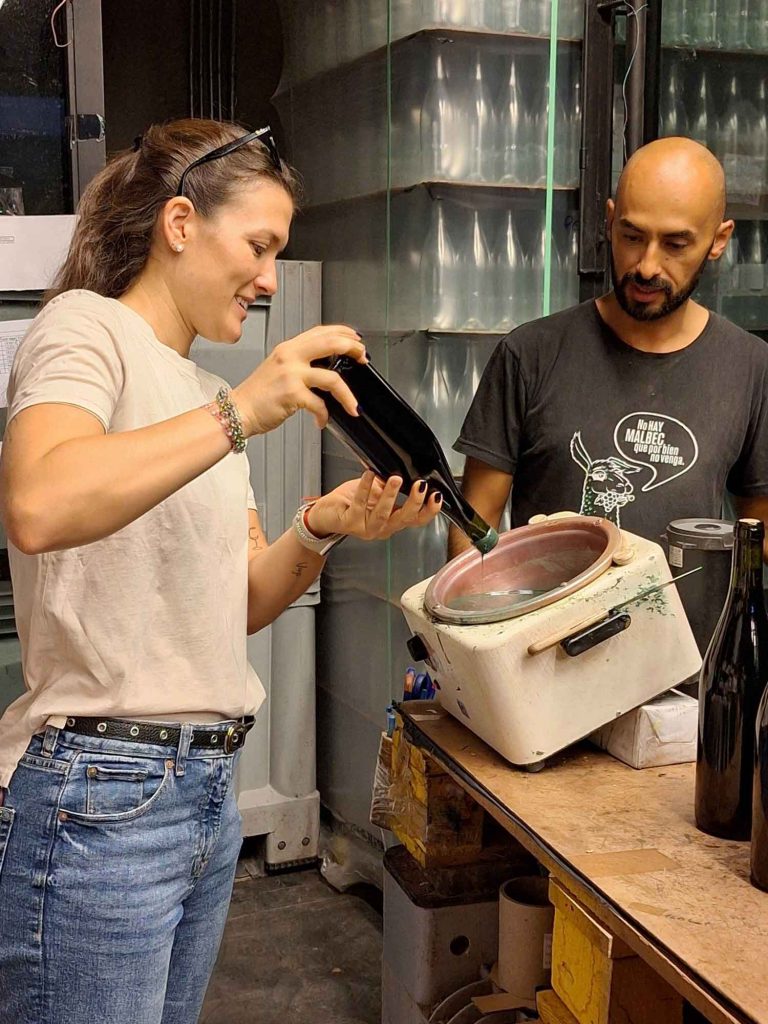
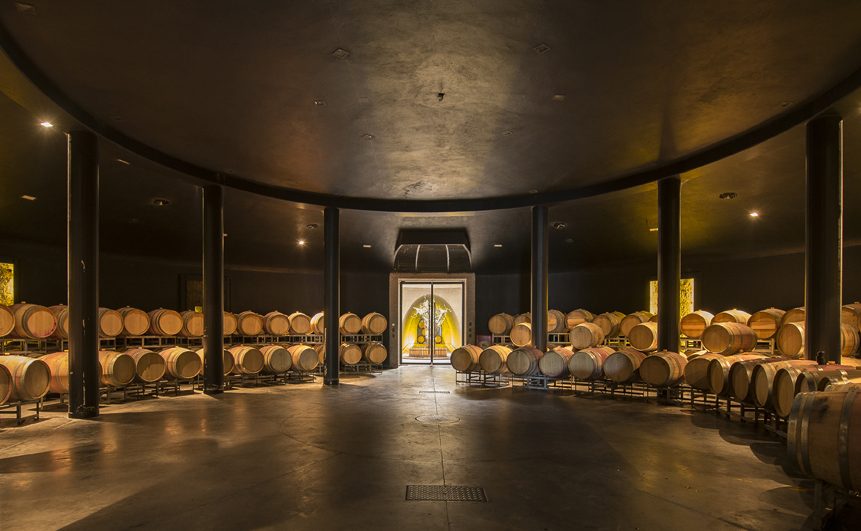
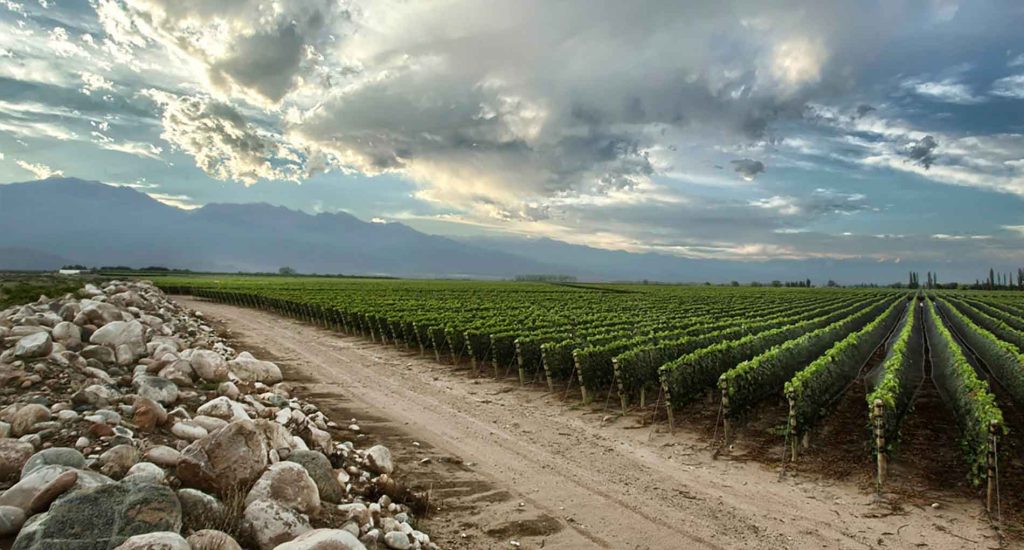
Three Wineries to Watch: Michelini & Mufatto, Krontiras, and Pumalek
Michelini & Mufatto and Their Certezas Semillón
Among the many fascinating wineries gearing up for harvest, Michelini & Mufatto stands out as a vintner’s passion project. Founded by Andrea Mufatto and Gerardo Michelini, this small-scale endeavor is rooted in the philosophy of natural winemaking, allowing the land to speak through every bottle. Anchored in the Uco Valley, their vineyards thrive in sand and limestone soils, benefiting from cold mountain nights that enhance the purity and freshness of their wines. Their Certezas Semillon is a testament to this ethos, crafted from grapes grown in a rare, 130-year-old vineyard in El Peral, Tupungato. Half of the grapes undergo skin fermentation in 1000-liter oak foudres before aging for two winters, resulting in a wine that balances structure, depth, and a profound sense of place. It’s a bottle that tells a story—a quiet certainty amid the ever-changing landscape of Mendoza winemaking.
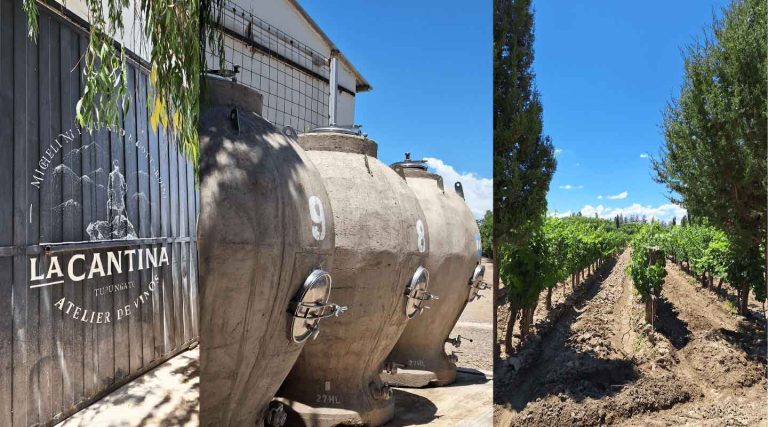
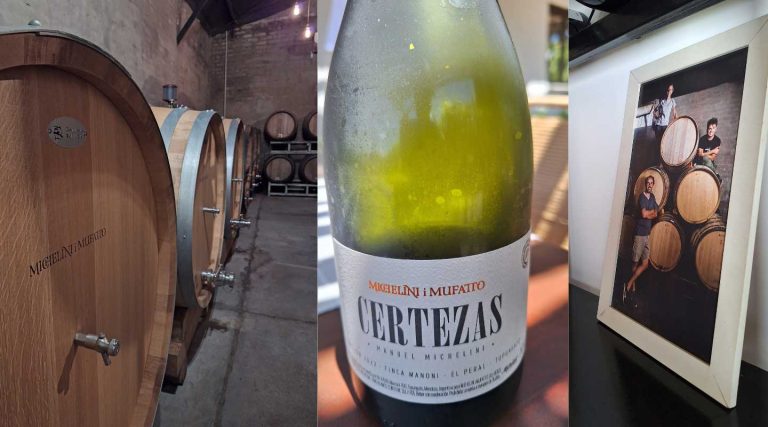
Krontiras Winery: A Sustainable Wine Sanctuary in Luján de Cuyo
Nestled in the breathtaking hills of Mendoza, Krontiras Winery emerges as a beacon of ecological innovation. This extraordinary project, born from the passionate collaboration of Greek and Argentine wine enthusiasts Constantino and Silvina Krontiras, redefines sustainable viticulture.
More than just a winery, Krontiras is a harmonious ecosystem where organic, biodynamic, and vegan winemaking principles come to life. Their sacred geometry-inspired architecture reflects a profound commitment to nature, creating wines that are pure expressions of terroir.
Imagine savoring wines made with respect for the land, where every detail—from the vine to the bottle—is a testament to responsible management and protection of the natural environment. The underground cellars, the temple-like barrel room, a thoughtfully designed tasting room, and even a calicata (soil pit) offer an immersive journey into their natural, sulfite-free creations.
A beautiful wine experience that nourishes both palate and planet.
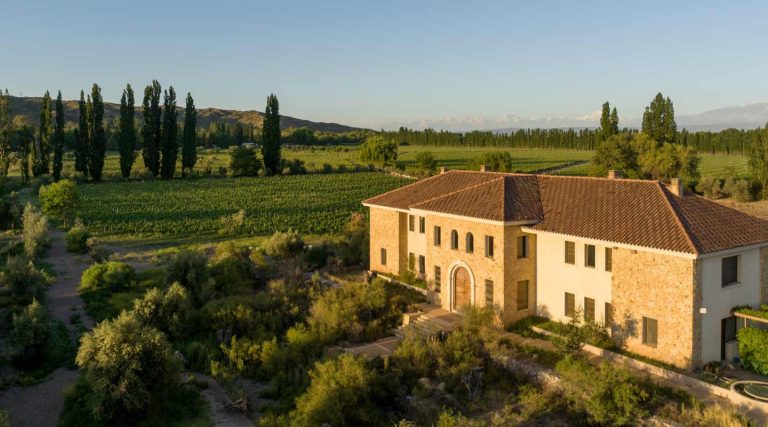
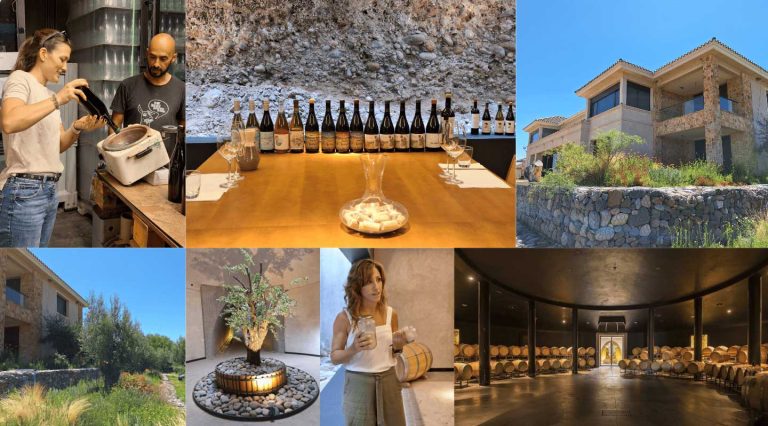
Pumalek: A Family Legacy Rooted in Lambrusco
At the heart of Mendoza’s winemaking landscape, Pumalek stands as a testament to family heritage and passion. Founded by Eduardo Aregall, this boutique winery honors his Italian roots by dedicating itself to Lambrusco, a grape cherished across generations. The vineyard, Finca Carmina, in Ugarteche, Luján de Cuyo, was planted in 2006 with vines brought directly from Italy, making Pumalek one of the few Argentine wineries to focus exclusively on Lambrusco Grasparossa.
For Eduardo, Lambrusco is more than just a grape—it is a symbol of his family’s traditions, memories, and shared celebrations. With every bottle, Pumalek captures the spirit of those lively gatherings, where wine was the thread that wove together stories, laughter, and togetherness. The winery’s commitment to preserving these values is reflected in its approach: meticulous vineyard care, a deep respect for the land, and wines that embody both nostalgia and innovation. Tasting Pumalek’s Lambrusco is like taking a journey through time, where every sip carries the warmth of the past into the present.
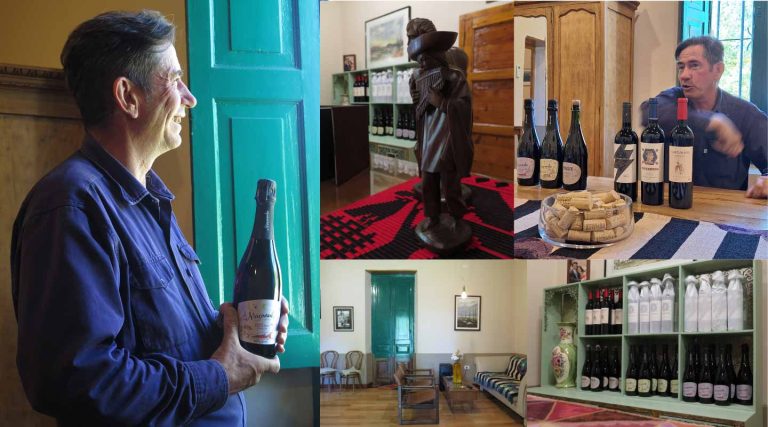
The calm before the storm is an ephemeral moment, but within it lies the promise of a new vintage—one that will capture the spirit, tradition, and excellence of Mendoza’s winemaking heritage. And when the first bottles of this new vintage are finally uncorked, they will hold within them the memories of a season where nature, passion, and precision converged to create something truly remarkable into the present.